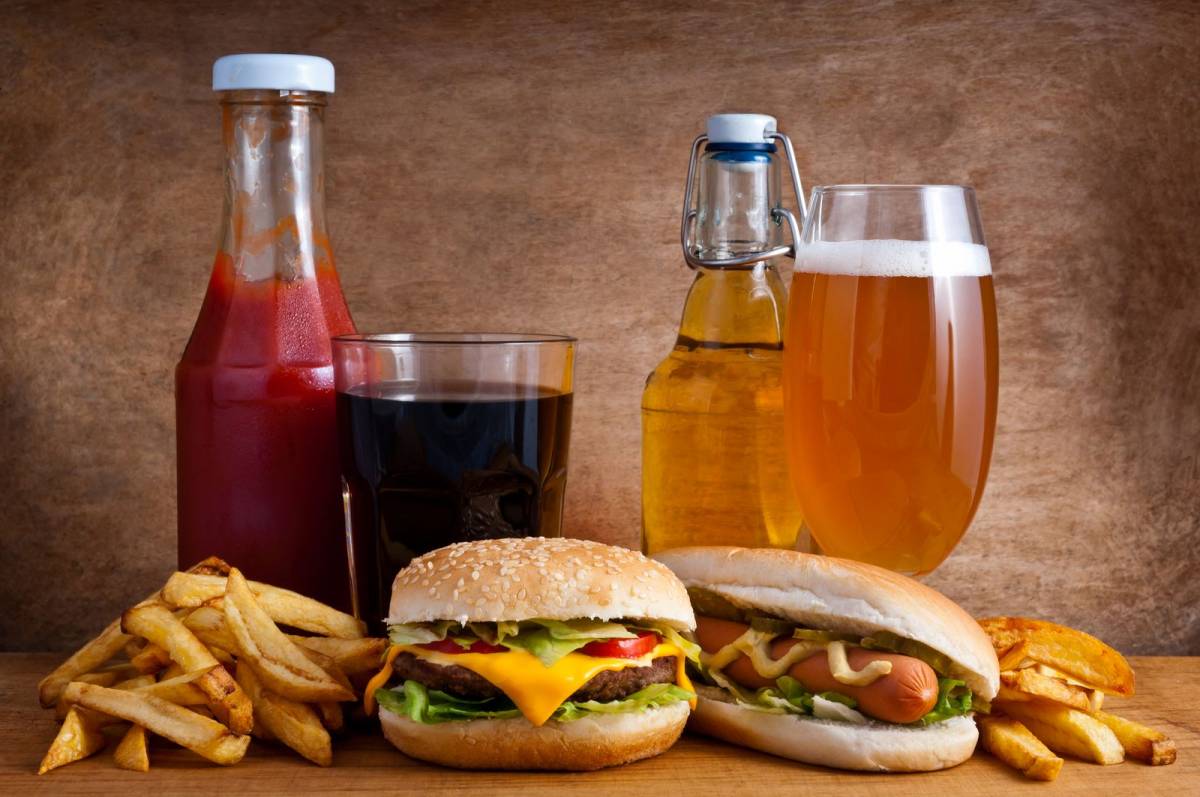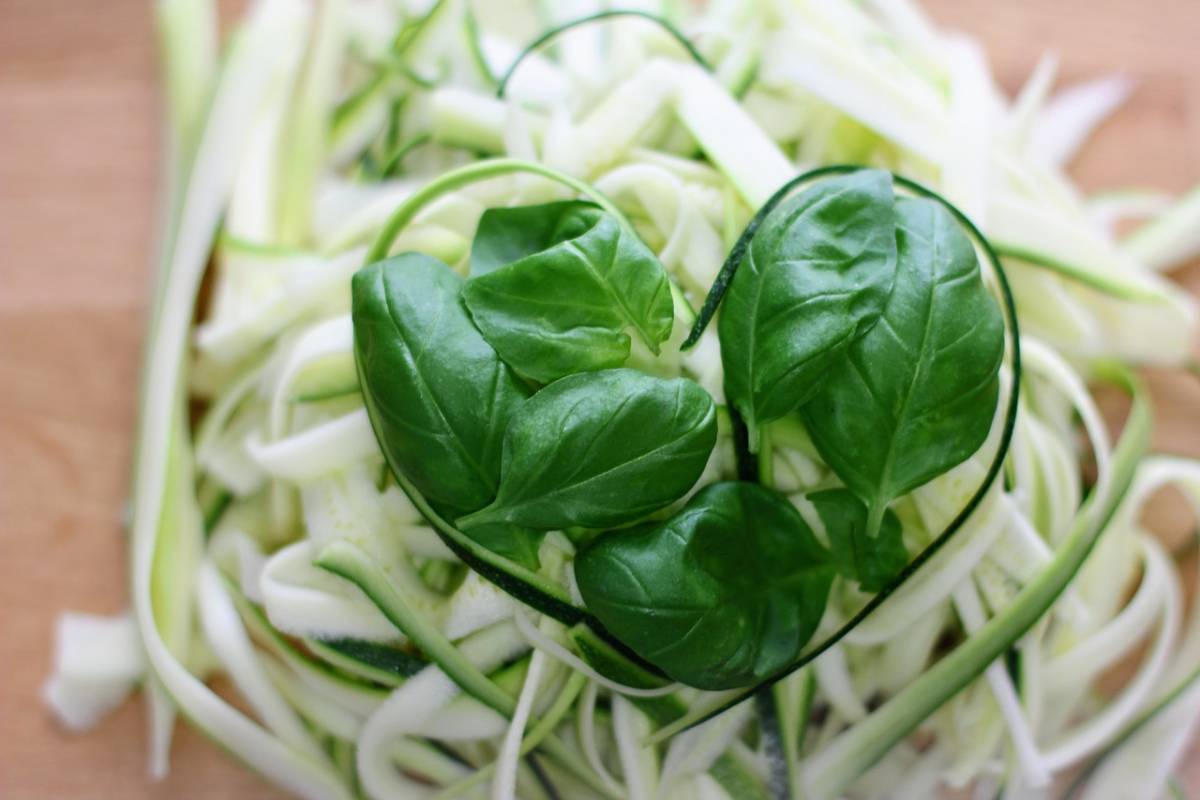Food labels tell us the calories, carbs, protein and fat. But what else is hiding inside your food? You probably can’t identify half the other mysterious ingredients on the list — even if you can read the tiny print.
Convenience is a big part of our modern lifestyle, and that’s especially true when it comes to food and drink. Many people rely too heavily on processed, packaged foods that contain unpronounceable chemicals. While some may be safe and might even improve a food’s nutritional value, others are downright nasty and should be avoided. What are they?
Food additives preserve flavour or improve the taste of a product. Although used for thousands of years (spices in curry seasonings were initially created to preserve the freshness and conceal the taste of slightly spoiled foods), the last 50 years have seen a huge increase in their number. In fact, nearly everything we buy at the supermarket contains some sort of additive or preservative!
Government agencies can’t guarantee the safety of all these food additives because of the considerable controversy that surrounds them. Some intolerances (like MSG) are well-recognised, but many others are still not acknowledged. Adverse reactions to food additives are under-reported because doctors simply don’t suspect these substances are to blame.
Yet demand is increasing for natural and organic products with fewer or no additives. Who wants to risk their health while the authorities are still deciding if there is a link between these chemicals and illness? Consider what we already know about some common food additives:

MAKING FOOD LOOK BETTER
Artificial Colourings are used to make food look more appealing, but can trigger hives, asthma and allergic reactions. They are also linked to behavioral problems in children (ADD, ADHD) and reduced IQ. Animal studies link food colourings to cancer.
Listed as: tartrazine (E102), sunset yellow (yellow #6, E110), amaranth (red #2, E123), erythrosine (red #3, E127), and quinoline yellow (E104).
Found in: confectionary, soft drinks, ice cream, sports drinks and processed cereal.
How to avoid them: opt for naturally colourful foods like fruit and fresh juices.
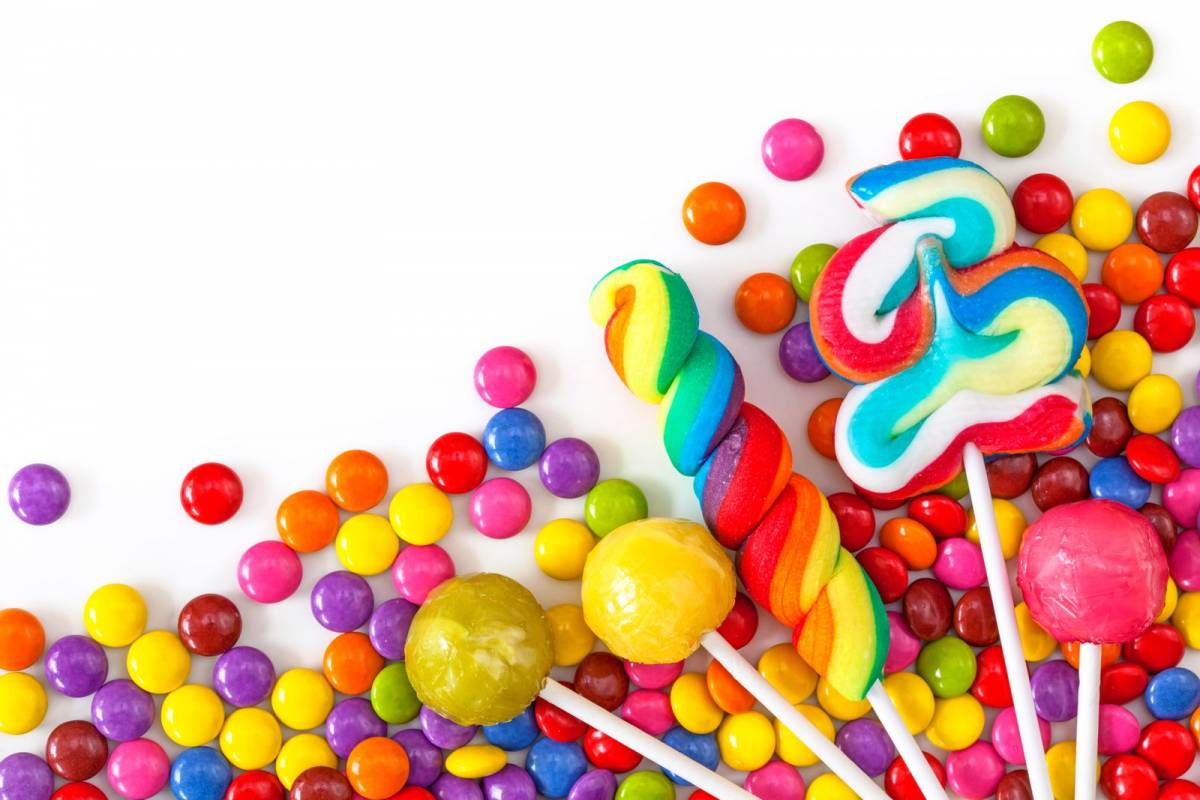
PROLONGING SHELF-LIFE
Nitrites and Nitrates are two chemicals used for centuries to preserve meat. They are highly carcinogenic once they enter the human digestive system, mixing with chemicals in the stomach to form nitrosamines, a carcinogenic substance linked to cancers of the pancreas, bladder and brain.
Listed as: Sodium Nitrate (Е251), Sodium Nitrite (Е250).
Found in: hotdogs, bacon, ham, lunchmeat, cured meats, corned beef, smoked fish or any other type of processed meat.
How to avoid: Replace processed meats with fresh meats, or buy nitrite-free lunchmeat.
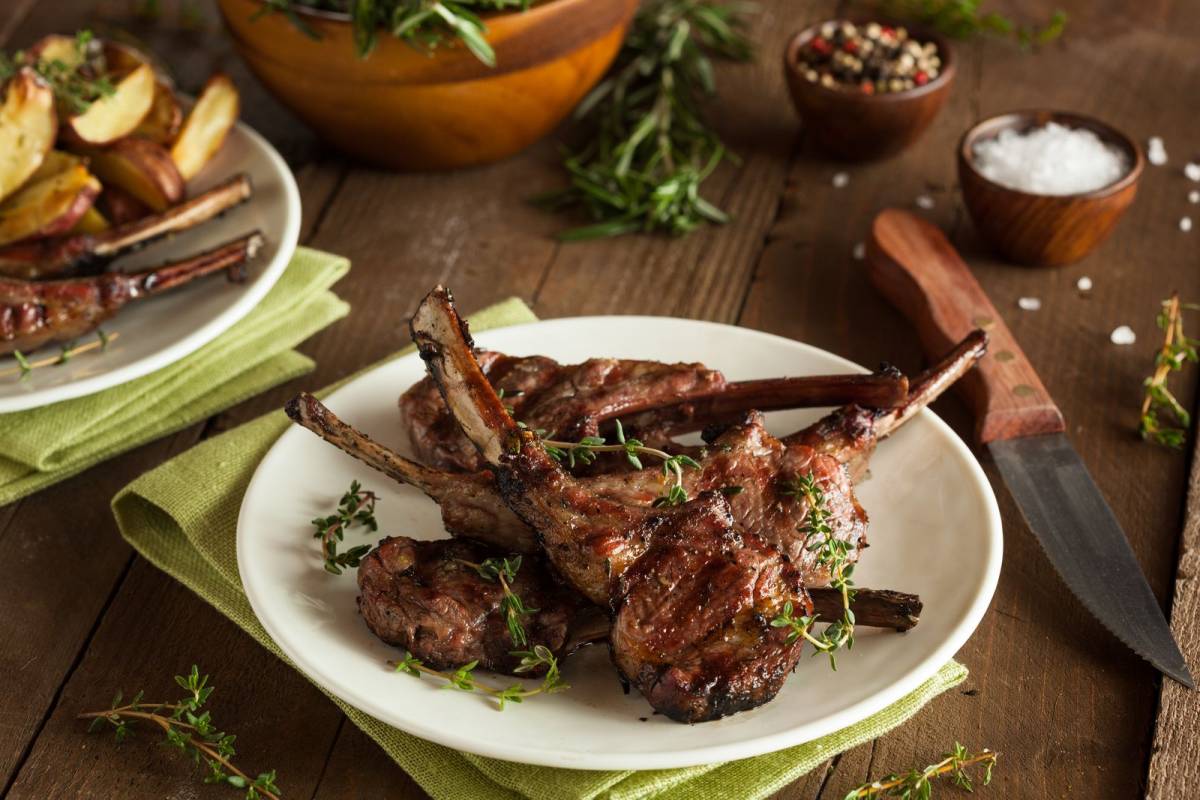
BHA and BHT are common preservatives that keep fats and oils from changing colour, changing flavour or becoming rancid. They may affect the nervous system and result in hives and itching. Opponents claim that they form cancer-causing compounds in the body.
Listed as: BHT (321), BHA (Е320).
Found in: crisps, chips, gum, cereal, frozen sausages, enriched rice, sweets, confectionary and cereal packaging.
How to avoid: eat fresh food or at least food without artificial preservatives. Look for brands that are BHT and BHA free.
Sulphur additives are toxic. Adverse reactions include bronchial problems, asthma, flushing tingling sensations or anaphylactic shock. They destroy vitamin B1 and vitamin E.
Listed as: sulphur dioxide, sodium sulphite, sulphites.
Found in: beer, soft drinks, dried fruit, juices, wine and vinegar.
How to avoid: choose red wine over rosé and white (has less). Choose fresh fruit instead of dried.

ENHANCING TASTE
Natural flavours include non-chemical, non-artificial substances approved for use in food. They often come from allergy-inducing ingredients such as nuts and wheat. Vegetarians, be warned – often the source is meat or another animal product. Many of these “natural flavours” are disgusting too. Take “castoreum”. If you enjoy eating raspberry flavoured sweets, chocolate, ice cream, yogurt and chewing gum you may be secretly ‘enjoying’ beaver anal gland secretions. That’s right, the most common “natural flavour” in raspberry flavoured goodies comes from the rear end of beavers. Don’t ask me how they discovered that.
Listed as: natural flavours.
Found in: baked foods, frozen foods, confectionary, sweets and more.
How to avoid: do online research to discover the exact origin of the ‘natural flavour’…
High-Fructose Corn Syrup increases your risk for diabetes. It also encourages overeating because its chemical structure tricks your brain into thinking your body is hungry. And it can raise triglyceride levels in the bloodstream, which increases the risk of heart disease.
Listed as: high-fructose corn syrup, corn sweetener, corn syrup.
Found in: frozen foods, sweets, breads, spaghetti sauce, ketchup and more.
How to avoid: check labels.
Aspartame is a neurotoxin and carcinogen. Known to erode intelligence and affect short term memory, this toxic sweetener may be linked to a wide variety of ailments including brain tumours, diseases like lymphoma, diabetes, multiple sclerosis, Parkinson’s, Alzheimer’s, chronic fatigue, depression and anxiety attacks, dizziness, headaches, mental confusion and seizures.
Listed as: aspartame (E951).
Found in: so-called “diet” or “sugar free” products (including diet coke, coke zero), jelly, desserts, sugar free gum, drink mixes, cereals, breath-mints, puddings, ice tea, chewable vitamins, toothpaste and cough syrup.
How to avoid: check labels and stay clear.
Monosodium Glutamate (MSG, E621) is a flavour that can affect the nervous system and make you feel hungrier than you are. It is also an excito-toxin and regular consumption can result in depression, disorientation and obesity. It may also trigger migraines.
Listed as: yeast extract (yes, Marmite!), gelatin, textured and hydrolyzed proteins, calcium caseinate, sodium caseinate, and more.
Found in: a wide range of foods including chips, canned soups, salad dressings, fast food, and frozen dinners.
How to avoid: read food labels carefully. Even packages that say “No MSG” can sneak the substance in disguised as any of the ingredients above.
You don’t have to give up the foods you love, just the toxic chemicals. So, next time you’re at the supermarket, have a closer look at the label. Because if a product contains any of the ingredients listed above, it doesn’t matter how many calories, carbs or fat — you shouldn’t be eating it anyway!
Here’s a simple winter salad that’s guaranteed free of harmful additives.
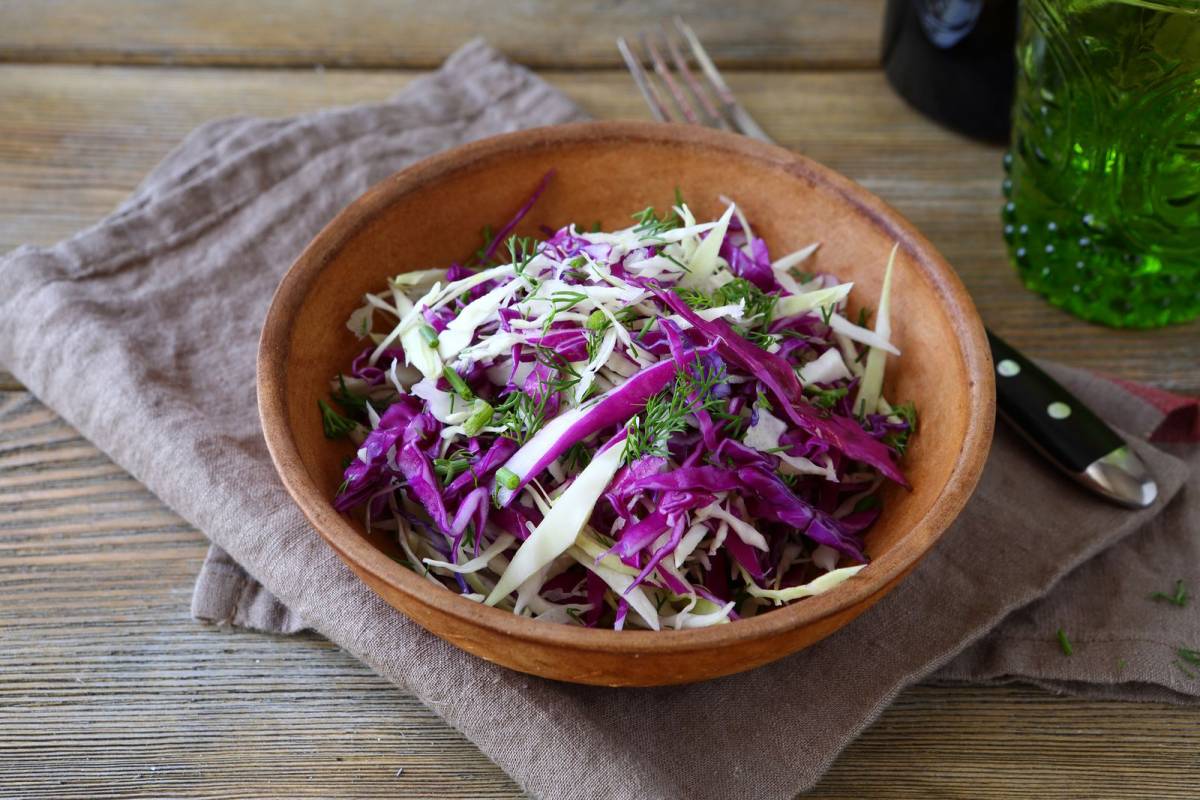
Sesame cabbage slaw
Shred equal parts of purple and green cabbage, carrot and onions, add some sesame seeds, a little lemon juice and tahini sauce. Mix together and keep refrigerated until ready to eat. This simple, flavour-packed dish can be enjoyed as a side dish and a midday snack.



